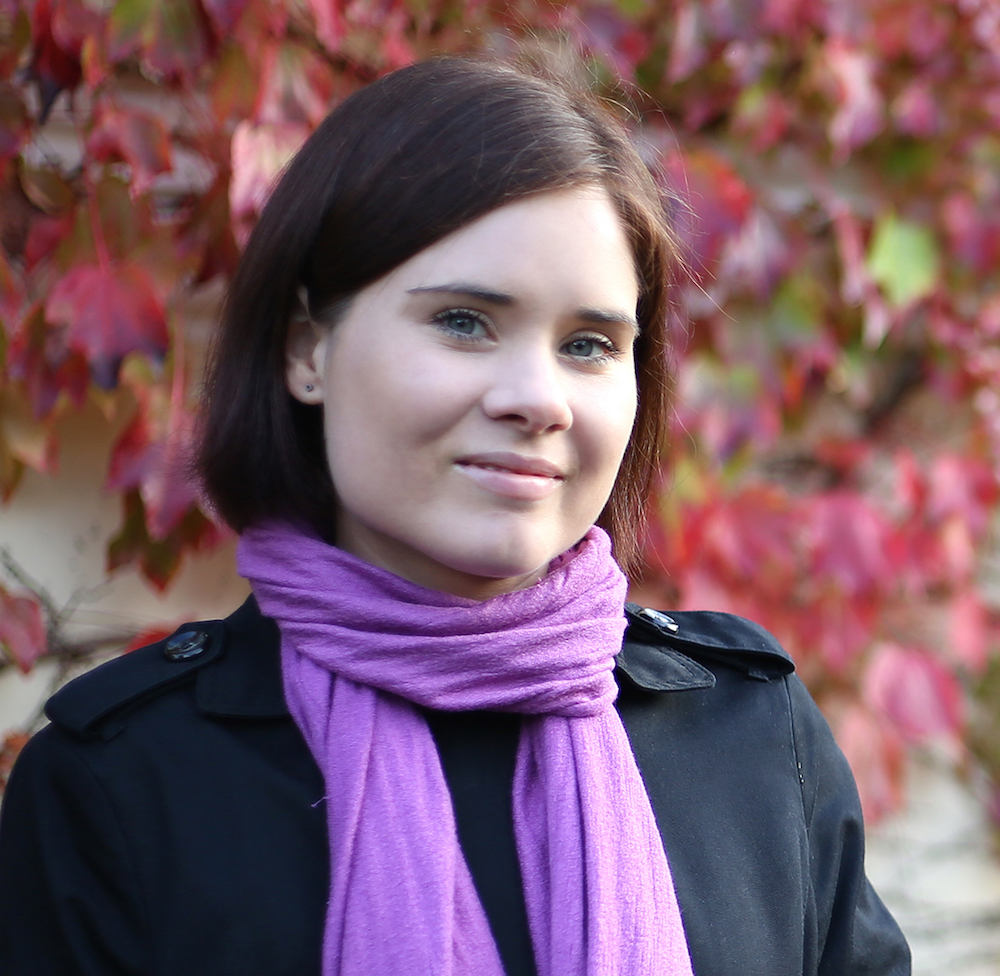Why Can Some People 'Hear' Colors?

About 4 percent of the people on Earth experience a mysterious phenomenon called synesthesia: They hear a sound and automatically see a color; or, they read a certain word, and a specific hue enters their mind's eye. The condition has long puzzled scientists, but a small new study may offer some clues.
The study, published today (March 5) in the journal Proceedings of the National Academy of Sciences, offers insight into what might be happening in the brains of people with synesthesia.
Previous "studies of brain function using magnetic resonance imaging confirm that synesthesia is a real biological phenomenon," said senior study author Simon Fisher, director of the Max Planck Institute for Psycholinguistics in the Netherlands. For example, when people with synesthesia "hear" color, brain scans show that there's activity in the parts of the brain linked to both sight and sound, he said. (Not all people with the condition "hear" sights, however; the condition can also link other senses.) [10 Things You Didn't Know About the Brain]
Indeed, the brains of people with synesthesia previously have been shown to be more connected across different regions than the brains of people whose senses are not cross-linked, Fisher told Live Science. The question, however, was what causes this different brain wiring, he said.
To answer that question, Fisher and his team looked to genetics.
Synesthesia frequently runs in families, so the researchers decided to look for genes that might be responsible for the development of the condition. They chose three families, in which multiple members across at least three generations had a specific type of synesthesia, the so-called sound-color synesthesia, meaning that hearing sounds evokes perceptions of colors. Typically, a specific sound or musical tone is consistently associated with a specific color for people who have this type of synesthesia. However, different members of a single family can see different colors when hearing the same sound, Fisher said.
The scientists used DNA sequencing to study the participants' genes, Fisher said. Then, to identify genes that might be responsible for the condition, the scientists compared the genes of family members with synesthesia to the genes of family members without it, he said.
Sign up for the Live Science daily newsletter now
Get the world’s most fascinating discoveries delivered straight to your inbox.
But the findings didn't yield a straightforward result: "There was not a single gene that could explain synesthesia in all three families," Fisher said. Instead, "there were 37 candidate variants," or possible gene variations, he said.
Because the study included only a small number of people, there wasn't enough data to single out the specific genes, of the 37 possibilities, that played a role in synesthesia. So, instead, the scientists looked at the biological functions of each gene to see how it could be related to the development of the condition. "There were just a few biological themes that were significantly enriched across the candidate genes identified," Fisher said. "One of those was axonogenesis, a crucial process helping neurons get wired up to each other in the developing brain." Axonogenesis refers to the development of neurons.
This is consistent with prior findings of altered connectivity in brain scans of people with synesthesia, Fisher said. In other words, the genes identified in the study play a role in how the brain is wired, offering a potential explanation for why the brains of people with synesthesia appear to be wired differently.
The researchers are now looking for more volunteers to participate in their future studies, which, they hope, will help them better understand how variations of certain genes alter brain structure and function. Studying synesthesia could essentially provide a window into how human brains in general create sensory representations of the outside world, Fisher said.
Originally published on Live Science.


